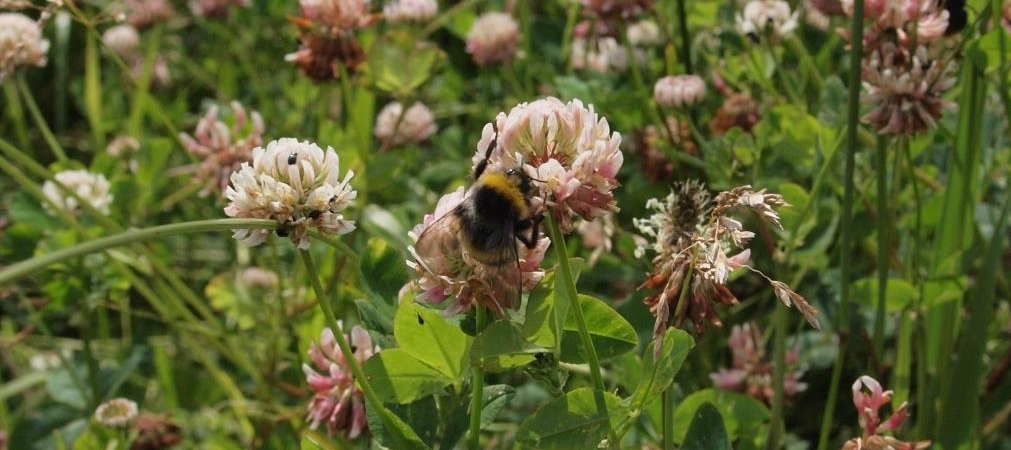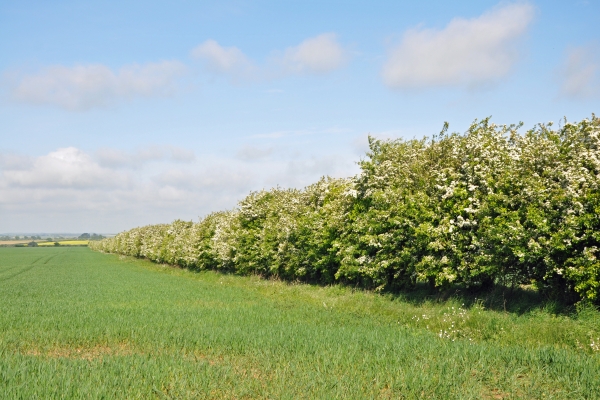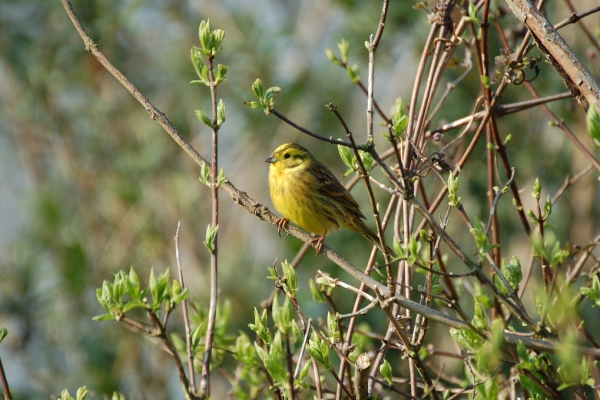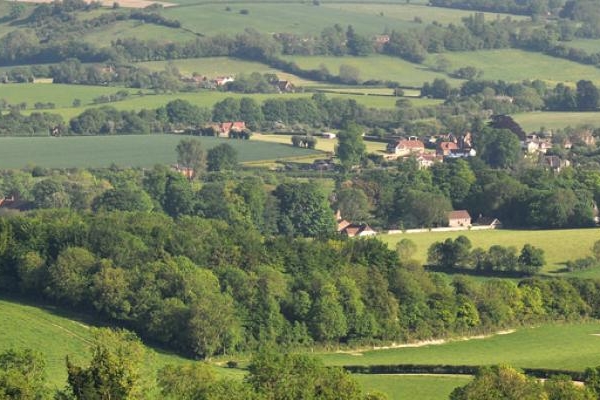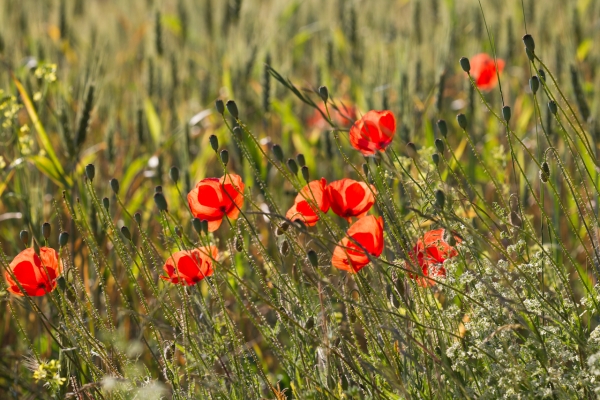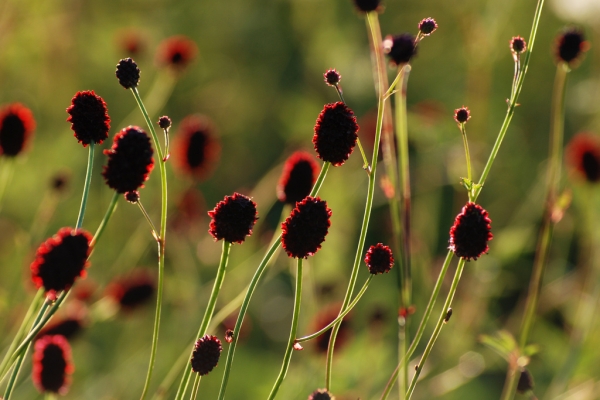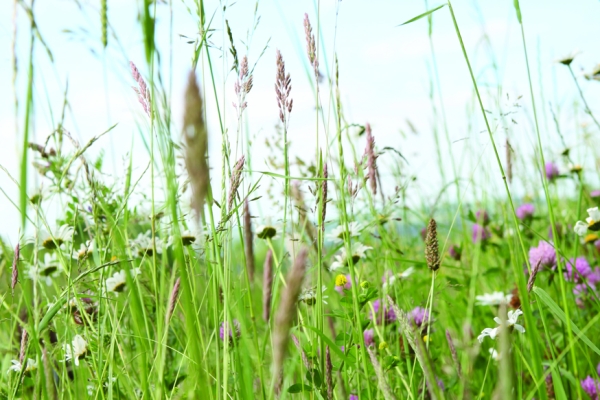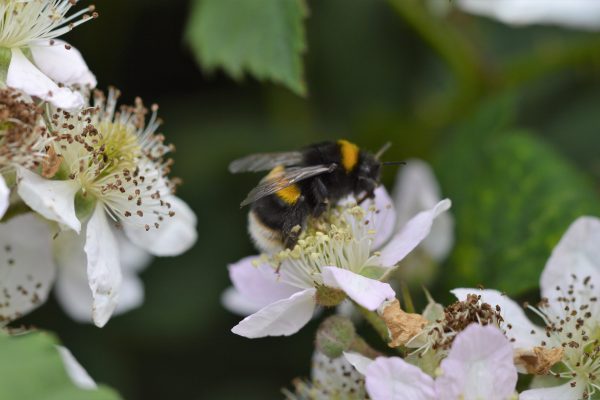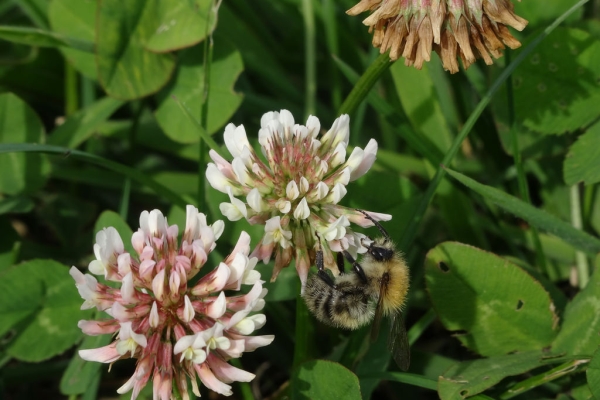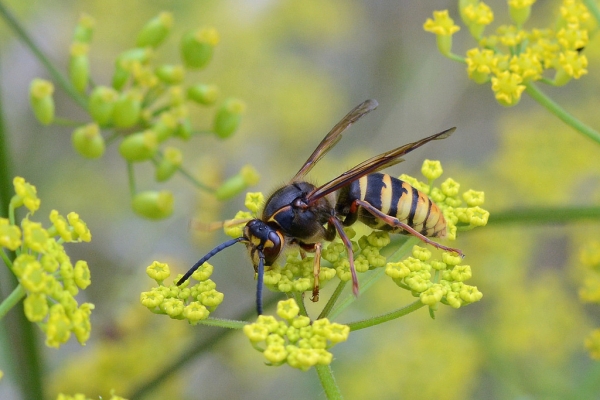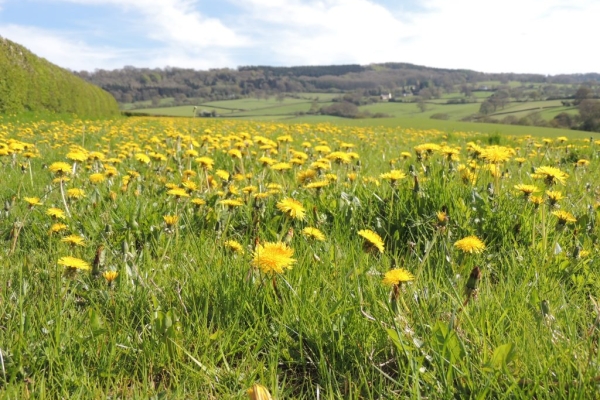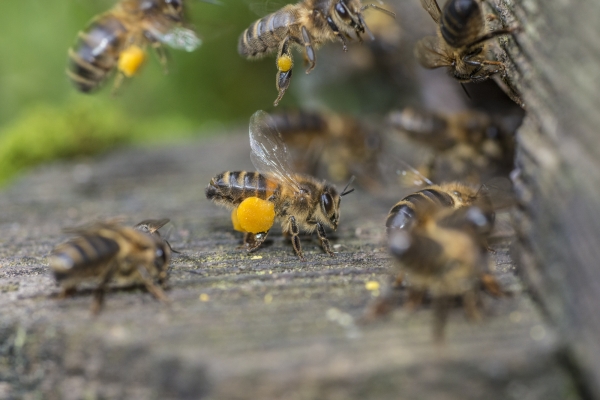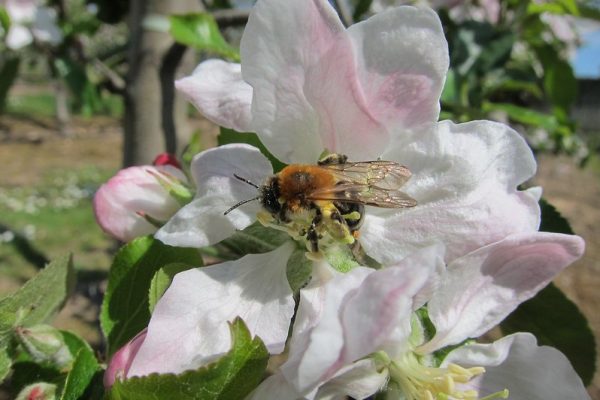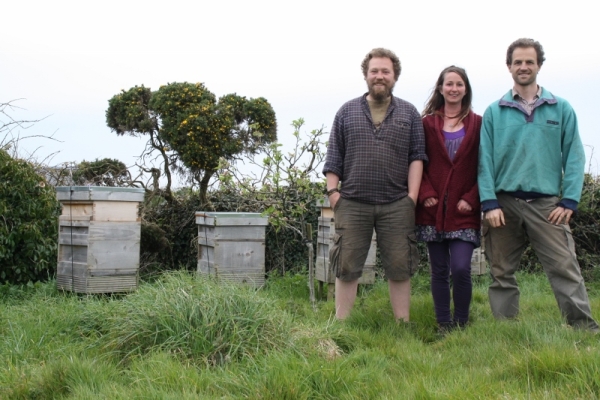Providing for pollinators – what’s the buzz?
Pollinators have become something of a ‘buzz’ word since the launch of the National Pollinator Strategy in 2014. Farmers have gone to great efforts through stewardship and voluntary measures to provide pollinator habitat and yet we continue to hear of their decline. Could we possibly do more to support pollinator conservation on farmland without taking more land out of production or incurring significant costs to establish and manage enhancements? The short answer, it seems, is yes…
Our pollinators contribute £690 million a year to the UK economy yet we are continually told that not just bees but insects generally are under threat from a variety of environmental pressures. Since the Government launched its National Pollinator Strategy in 2014, pollinator conservation has received much publicity with projects up and down the country working to try and tackle a growing problem.
At the Greater Lincolnshire Nature Partnership (GLNP) our interest in pollinators really gained momentum, somewhat unusually, with significant increases in maize cropping – up by 726% over a three year period in some parts of our area. We wanted to learn more about how pollinators, and the wider invertebrate community, use different crops to better understand the potential impact of such dramatic changes to cropping patterns. In 2016 we received Defra funding to undertake a pilot research study to explore this further. We undertook invertebrate surveys in a range of crops: wheat, oilseed rape, peas and maize and the results made for interesting reading.
One rather stark statistic that came out of the study was that from more than 10,000 individual invertebrates recorded during the study, just 41 of those were bee pollinators (honeybees, bumblebees or solitary bees) despite previous studies which have demonstrated the importance of oilseed rape as an early season source of pollen and nectar.
Are we doing enough?
This got us thinking – farmers and land managers have been taking part in stewardship schemes and voluntary measures for many years but these often result in isolated pockets of good habitat which aren’t always well connected across the landscape. Furthermore, the focus is often on providing food but not always the nesting and overwintering sites that are also so important to pollinator conservation. Could more be done on farmland to complement existing schemes without costing farmers significantly in terms of initial outlay and ongoing management? And are we doing enough to support wild pollinators generally – not just bees but hoverflies, butterflies, moths, wasps and beetles?
Working with farmers
With further funding from Defra, we set about exploring these questions further. In 2017, we worked with 11 farms clustered in two areas of Lincolnshire – the Fens in the south of the county and the limestone heath just south of Lincoln – to look at whether a suite of measures could be developed as part of a new resource to help farmers improve nesting, overwintering and feeding habitat on their land. This close working relationship was vital to ensure the end product was a resource that works on farms – developed with farmers, for farmers.
An important part of this was to encourage a whole-farm approach which, by working at a landscape scale together with neighbouring holdings, could have a cumulative impact which is greater than the very simple measures being implemented on each individual farm.
What the project has shown us is that many farms already have existing areas of good or potentially good habitat but that farm managers aren’t always aware of the value they could provide. Not only that but often the reasons for encouraging farmers to undertake particular measures aren’t always clearly communicated by those advocating their use. For example, we found many farmers were unaware of the importance of nettles for the larvae of many common butterflies and by highlighting these benefits we’ve been able to ensure suitable areas are identified and topped at an appropriate time rather than simply sprayed off ad hoc.
Other examples of the measures included in the resource are reducing the cutting frequency of trackways, verges and amenity grass around the farm to allow species to flower, providing habitat for solitary bees to nest and overwinter and considering the species used in existing wild bird seed mixes or cover crops to ensure they also provide benefit for pollinators.

Another very clear area for maximising potential benefit is maize game covers. When mapped out across clusters of holdings these can add up to significant areas of land which are often located alongside hedgerows or wooded areas providing connectivity across the landscape. We are currently working with the farmers involved in the project to trial a variety of approaches in summer 2018. These include using a sun-maize mix with sunflower providing an important late season pollen/nectar resource. In areas with significant weed pressure however this can cause issues for herbicide applications and so instead some farmers are replacing one drill width away from the cropped edge with straight sunflower. In other areas, farmers are putting together bespoke mixes to reduce the overall area of maize – providing greater pollinator benefits but still providing the cover needed for game birds.
We will be going back this summer to look at all the implemented measures and understand any issues farmers may have encountered to feed into future development of this resource.
In general, we are hopeful that farmers will seek to incorporate these simple measures as everyday solutions which become part of normal practice on their farm. By better understanding the benefits, we can help ensure a simple change to management becomes a conscious decision to improve habitat for pollinators to complement existing and future agri-environment schemes and voluntary measures.
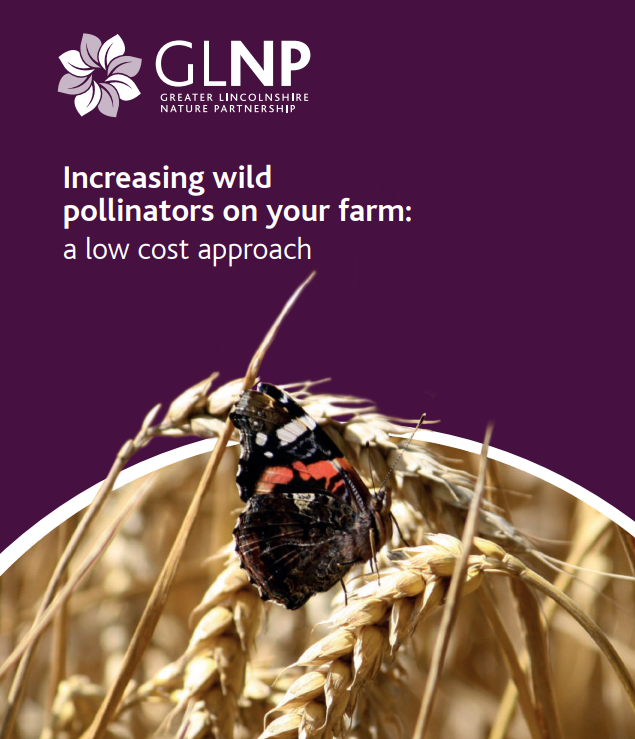
Could you do more to help wild pollinators on your farm? See ‘Increasing wild pollinators on your farm: a low cost approach‘ to find out how.
Header image: Bee in clover © Fran Smith
